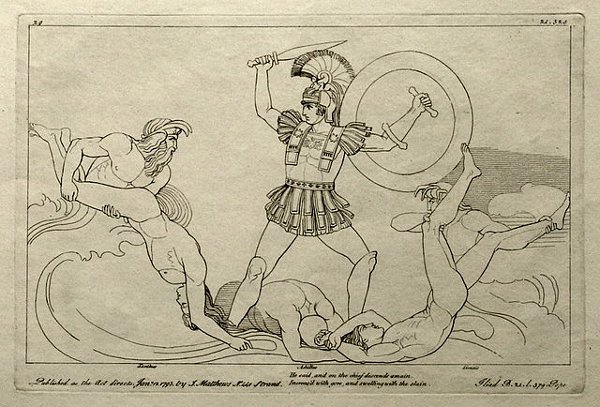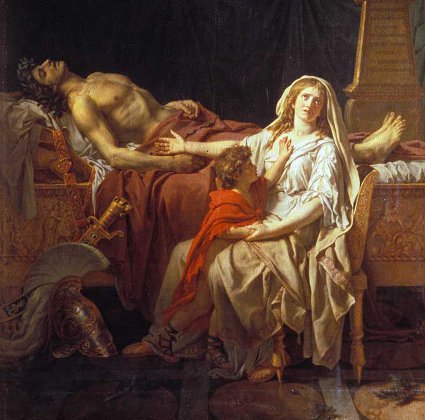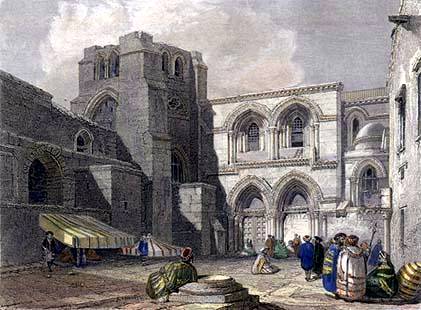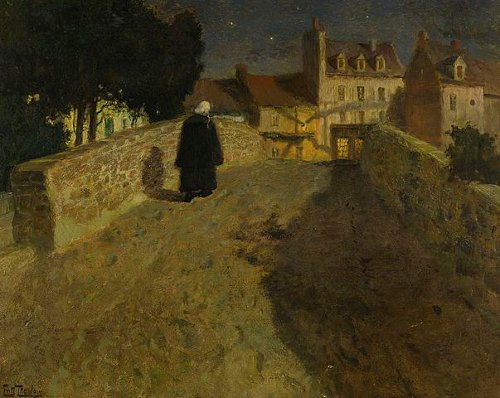
Achillize
v. to harass or chase in a manner reminiscent of Achilles
Brad Pitt, who played Achilles in the 2004 film Troy, tore his Achilles tendon during production.

Achillize
v. to harass or chase in a manner reminiscent of Achilles
Brad Pitt, who played Achilles in the 2004 film Troy, tore his Achilles tendon during production.
It was British wordplay expert Leigh Mercer who coined the classic palindrome “A man, a plan, a canal — Panama” in Notes & Queries on Nov. 13, 1948. He later said that he’d had the middle portion, PLAN A CANAL P, for a year before he saw that PANAMA fit.
Mercer published 100 palindromes in N&Q between 1946 and 1953 — a selection:
See, slave, I demonstrate yet arts no medieval sees
Now Ned I am a maiden won
Here so long? No loser, eh?
Trade ye no mere moneyed art
Ban campus motto, “Bottoms up, MacNab”
No dot nor Ottawa “legal age” law at Toronto, Don
Now ere we nine were held idle here, we nine were won
Egad, a base life defiles a bad age
“Reviled did I live,” said I, “as evil I did deliver”
I saw desserts, I’d no lemons, alas, no melon, distressed was I
Sue, dice, do, to decide us
Sir, I demand — I am a maid named Iris
No, set a maple here, help a mate, son
Poor Dan is in a droop
Yawn a more Roman way
Won’t lovers revolt now?
Pull a bat, I hit a ball up
Nurse, I spy gypsies, run!
Stephen, my hat — ah, what a hymn, eh, pets?
Pull up if I pull up
… and the remarkably natural “Evil is a name of a foeman, as I live.”
Mercer didn’t confine himself to palindromes — he also devised this mathematical limerick:

A dozen, a gross, and a score
Plus three times the square root of four
Divided by seven
Plus five times eleven
Is nine squared and not a bit more.
marabou
n. a person who is five-eighths black and three-eighths white by descent
griff
n. a person who is three-fourths black and one-fourth white
mulatto
n. a person having one white and one black parent
The ultimate in racist lunacy was reached in Haiti in the eighteenth century, where Saint-Mery developed a classification of physical types based on the notion that each individual was divisible into no less than 128 separate parts (rather like genes):
‘Thus a blanc (white) had 128 parts white, a nègre (Negro) 128 parts black, and the offspring a mulâtre (mulatto) 64 parts white and 64 parts black. In addition, he also listed sacatra (8 to 23 parts white), griffe (24 to 39 parts white), marabou (40 to 48); quateron (71 to 100); metif (101 to 112); mamelouc (113 to 120); quateronné (121 to 124) and finally a sang-mêlé (125 to 127).’
Given the additional presence of Indians as well as Negroes, Mexican castas were even more complex.
— Peter Worsley, The Three Worlds: Culture and World Development, 1984

viduity
n. the state of being a widow

In Book II, Chapter 9, of H.G. Wells’ novel The War of the Worlds, a sentence begins “For a time I stood regarding …” These words contain 3, 1, 4, 1, 5, and 9 letters.
(Thanks, Dheeraj.)
A “poem for stutterers” by Harry Mathews:
Mimi, our hours so social shall secede;
And answer surlily tie-tidied deed.
And a sentence composed by Leigh Mercer:
“Bye-bye, Lulu,” Fifi murmured, “George Orr pooh-poohs so-so Tartar cocoa beriberi Dodo had had.”

scalariform
adj. resembling a ladder
Above the facade of the Church of the Holy Sepulchre in Jerusalem is a ladder that has remained in place since the 19th century. At that time an edict was passed holding that the church’s doors and window ledges are “common ground” for the various Christian orders; as a result, no church can move anything near the window — including the ladder. It’s visible in the engraving below, which was made in 1834.
(Thanks, Randy.)

In 1967 Dmitri Borgmann made his way from UGLY to BEAUTIFUL by means of dictionary definitions:
UGLY — OFFENSIVE
OFFENSIVE — INSULTING
INSULTING — INSOLENT
INSOLENT — PROUD
PROUD — LORDLY
LORDLY — STATELY
STATELY — GRAND
GRAND — GORGEOUS
GORGEOUS — BEAUTIFUL
Kipling called words “the most powerful drug used by mankind.”

transpontine
adj. across a bridge
In 1856 Samuel Hoshour reflected that students might learn new words more easily if they were presented in context rather than in long gray lists of definitions. The result was Letters to Squire Pedant, an imaginary correspondence salted with ten-dollar vocabulary words:
Dear Sir, At my decession from you; your final alloquy, and concinnous deport laid me under a reasonable obstriction to impart to you, a pantography of the occidental domain upon which I had placed my ophthalmic organs. I now merge my plumous implement of chirography into the atramental fluid, to exonerate myself of that obstriction. From my earliest juvenility, I possessed an indomitable proclivity to lead those that are given to the lection of my lucubrations, to the inception of occurrences. And it would be a dilucid evagation from my accustomary route, would I not now insist upon a regression of your mind to the locality where we imparted mutual valedictions.
Unfortunately, he gets a bit carried away. “Longevous Sir,” begins Letter IV, “The day sequacious to the vesper on which I effectuated in a certain cabaret an exsiccation of my habiliments by torrefaction, was not very inservient to the progress of a pedestrious emigrant.”